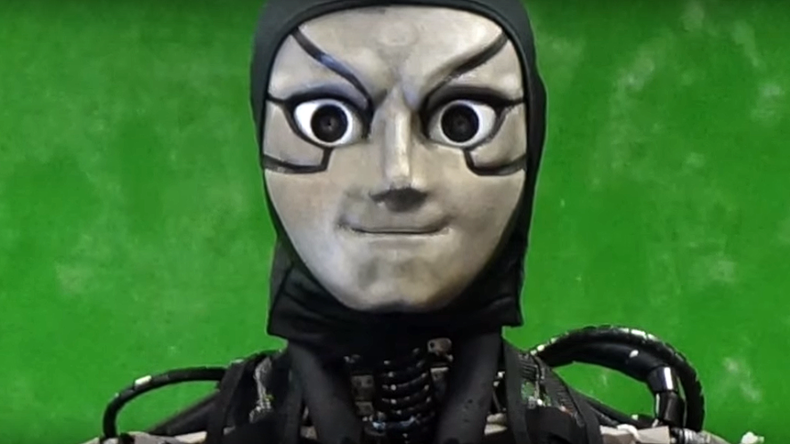'Sweating’ lets robot do 11 minutes of push-ups without frying motors (VIDEO)

Japanese researchers have developed a robot that can do push-ups long after its motor should have fried. The key? Sweating.
Robots generate a huge amount of heat as they move about, so much so that it regularly becomes a major constraint on their performance.
Engineers typically solve this problem using fans or radiators, meaning dedicated cooling components have to be added to the machine. This takes up space and also adds weight.
However Japanese researchers from the University of Tokyo have created a new way of cooling their humanoid robot, Kengoro, by designing it to be able to sweat water straight out of its bones.
Kengoro is already very heavy as its big frame houses numerous circuit boards, gears, and motors so scientists had to find a way of keeping it cool without adding more components.
They settled on the idea of using the robot’s skeletal as a coolant-delivery system.
Kengoro’s metal frame is riddled with channels that let water flow around its body. The water seeps to a porous area near the surface of the bones where it helps cool its 108 motors before evaporating.
Unlike a normal water-cooled radiator system, liquid flows into porous aluminum bones and then evaporates on the surface to cool the motors, in the same way that sweat cools a human.
The novel system allows Kengoro to knock out an impressive 11 solid minutes of doing push ups. It can run for a half day on a cup of deionized water, and longer if it “drinks" more to replenish its supply.
The system has been found to be three times more effective than air-cooling. It’s also lighter and less complex. However testing showed it doesn't work as well as a traditional radiator using active cooling but it is significantly better than just circulating water through the interior channel of the bones.
“Usually the frame of a robot is only used to support forces,” lead author Toyotaka Kozuki told Spectrum IEEE. “Our concept was adding more functions to the frame, using it to transfer water, release heat, and at the same time support forces.”












